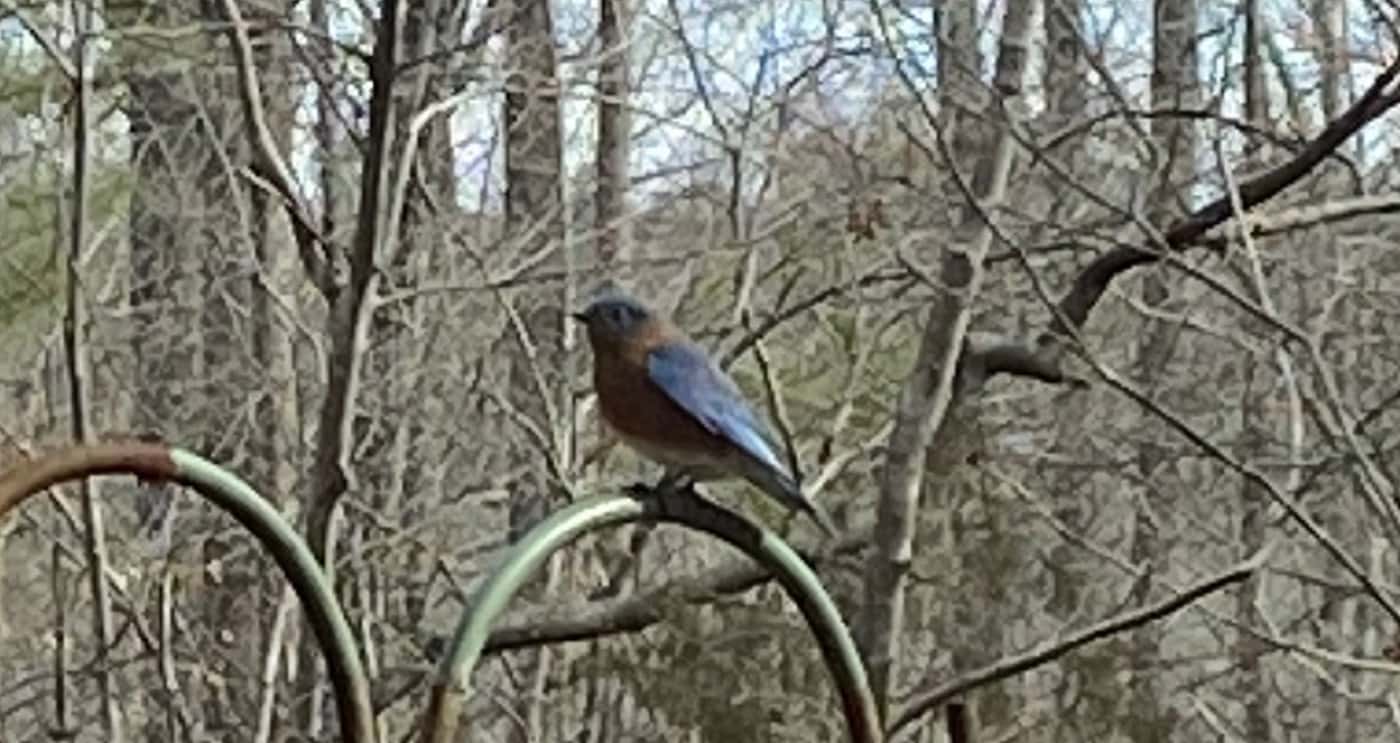
SARS-CoV-2 has been mutating, and the result is a growing list of coronavirus variants. In addition to those first discovered in the UK, South Africa and Brazil, American researchers have identified seven new variants in different parts of the US (MedRxiv, Feb. 14, 2021).
Similarities Among US Coronavirus Variants:
All seven of these variants appear to have independently acquired a specific mutation. This mutation, termed 677, changes the protein on the coronavirus spike. Scientists don’t know what type of advantage that mutation may confer, but seeing it evolve independently suggests that it does offer the virus an edge of some sort. Consequently, scientists speculate that it may allow SARS-CoV-2 to spread more easily.
Giving the Variants Names That Fly:
Researchers named these variants of SARS-CoV-2 after birds instead of hard-to-remember numbers like B.1.1.7 (the British variant). Robin is from the Midwest and Alabama, while Pelican was first found in Oregon. In addition, there is Yellowhammer from the southeast, Bluebird from the Northeast, Quail from the Southwest and Mockingbird from the East coast and south central states. Experts say the emergence of so many variants makes vaccination efforts even more urgent.
These coronavirus variants did not all appear overnight. Robin had already been identified, named and detected in multiple midwestern states before October 6, 2020. That is when a similar but distinct variant, now called Robin 2, showed up in Alabama. Pelican accounts for 11 percent of the samples sequenced in New Mexico and 28 percent of those in Louisiana, although it was first identified in Oregon.
Citations
- Hodcroft EB et al, "Emergence in late 2020 of multiple lineages of SARS-CoV-2 Spike protein variants affecting amino acid position 677." MedRxiv, Feb. 14, 2021.

